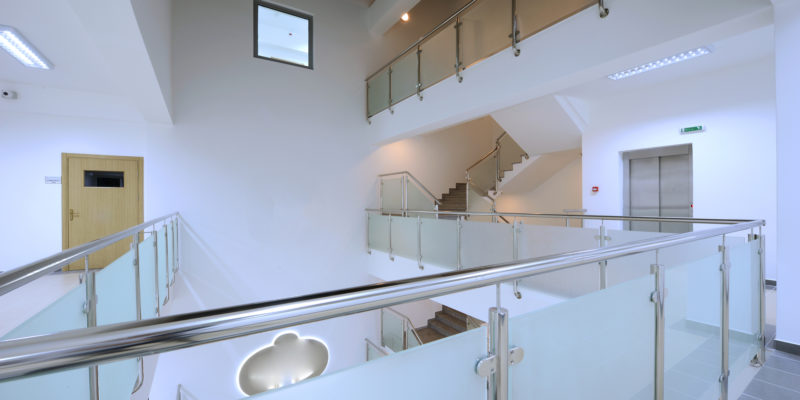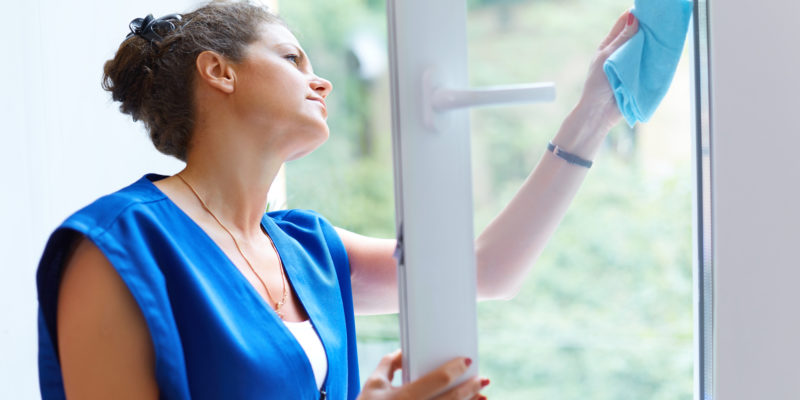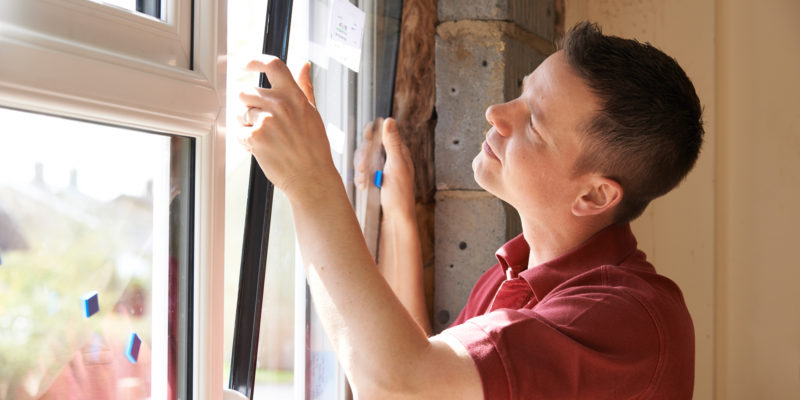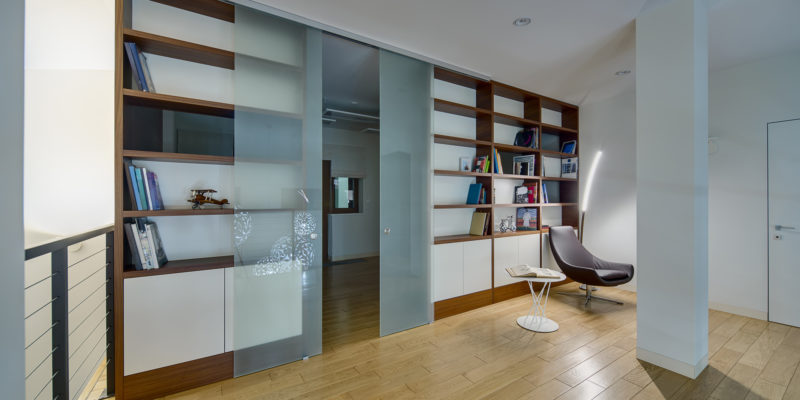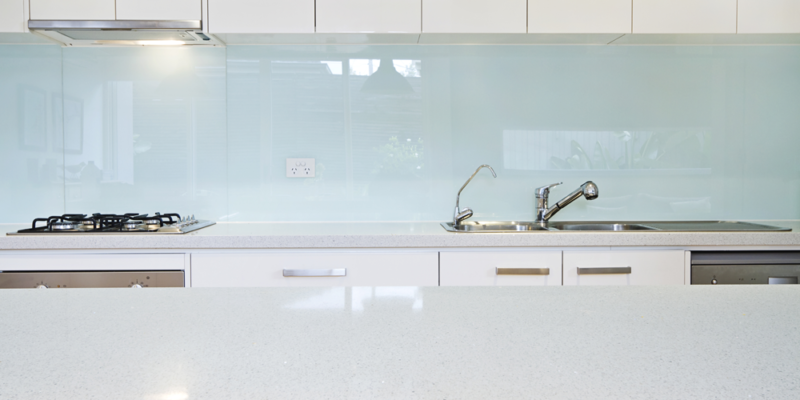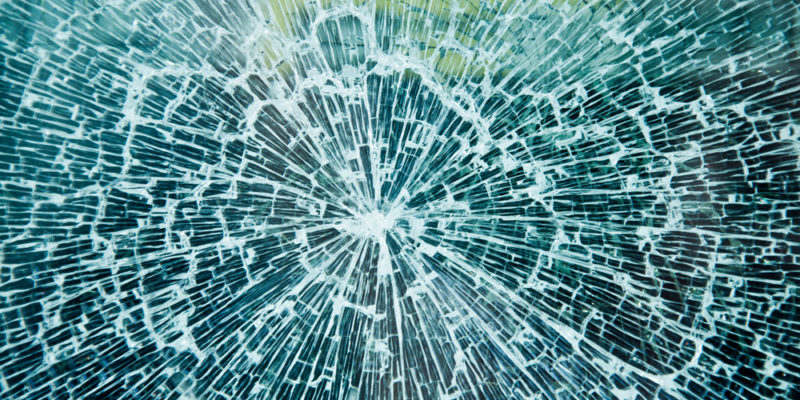You may not be aware of it, but you probably see glass balustrades way more frequently than you realise. They are actually a common architectural feature, protecting people on staircases or at heights.
But the word ‘balustrade’ may seem quite intimidating and definitely suggests a complicated design item. To clear this up, we’ve put together this post to help you get to grips with what a glass balustrade is, where they can be used and why you would want to use them.
What is a Glass Balustrade?
The word ’balustrade’ may seem unusual and formal, but is a technical term for something that is almost everywhere. It is basically defined as a rail that is supported by pillars, posts or panels (which are technically called balusters). This means that railings, banisters and handrails are actually all types of balustrades. And these really are common.
Obviously, a glass balustrade in particular is one that features glass, usually in the supports beneath the rail, but not exclusively.
There are two primary types of glass balustrade. Most commonly, glass panels can be used to fill the space between posts and rails, but they can also be left to stand alone. That leaves the edge of the panels to form the ‘railing’.
These ‘freestanding’ balustrades are called ‘structural’ or ‘cantilever’ and are perfect when you don’t want a handrail and prefer a completely clear surface. Choosing a structural balustrade has a lot of visual benefits, but it will also have big impact on the type of glass that you can use.
What type of glass is used for balustrades?
As one of the main purposes of balustrades is to ensure safety, there are quite a few recommendations around what glass should be used to construct them.
Firstly, you can only use toughened or tempered glass. This means it has been treated with extreme heat in order to strengthen it. This robust, safety glass can be up to five times stronger than glass that is untreated. The glass tempering process should also ensure that if it breaks, it shatters into smaller granular pieces, rather than sharper, ragged shards.
Laminated glass can also be used for balustrades as it provides extra protection from breaking. Laminated glass has a very thin layer of plastic sandwiched between two slim panes of glass. Though you can’t see this wafer-thin sheet of plastic, it helps the glass hold together if it gets broken.
Another big constraint on balustrade design, is how thick should a glass balustrade be? In most cases, around 10mm thickness is needed for balustrades which also have posts supporting them and at least 15mm thickness is needed when used for structural or cantilever balustrades. Regardless of the thickness, any glass will always need to be toughened or laminated.
Both types of panels can be finished in a range of ways. For maximum clarity, space and light, they can be left clear. Alternatively, they can be tinted with colour, frosted or sandblasted glass can also be used to incorporate logos or a bespoke design.
A lot of specifics around the type of glass you need, will depend on where it’s being used and the structure around it, so it always advisable to check the needs of each particular project.
Where Can Glass Balustrades be Used?
Almost anywhere you want a glass balustrade, you can find one to fit. Whether it’s internal or external you can choose to use:
- For stairs, to bring safety and space to your interior
- Around decking or partitioning off garden space
- On a balcony, to provide uninterrupted views across the landscape
- Around a patio area, to free your garden from harsh lines
- As a pool surround to help you feel freedom while you swim
Benefits of Glass Balustrades
Glass balustrades are a highly popular choice for both internal and external design. This isn’t surprising when you see how many benefits they have!
Safety
The thick, tempered glass commonly used in balustrades is incredibly safe. Treated to make it almost as strong as steel, this glass hardly ever breaks making it a great choice for family homes or busy offices.
Maximise light and space
The transparency of glass brings a whole range of design benefits to a building. Being able to see straight through a space will maximise its size, making it feel roomier and more open. It will also allow light to flood in, which helps the room feel even bigger and brighter!
Easy to clean
Wide, smooth panes of glass can be swiped with a soft cloth and cleaned in minutes. Compared to the intricate designs you find on balustrades made from wood or metal, which require fiddly dusting, polishing and primping, the smooth surface of glass is a dream to maintain. Our glass cleaning top tips blog post should also help.
Durable
As well as being secure and safe in the short term, glass balustrades age brilliantly too. They won’t warp or rot and can withstand exposure to extreme elements. They can’t be infested by pests or gnawed by pets. They won’t fade in colour, or age in texture and if maintained correctly, will look sharp and smart for their entire life.
Eco-friendly
You might not realise it, but glass is a really environmentally-friendly material. Its durability means it lasts for ages and won’t need major updates or modifications in its long life. Plus, if the unthinkable happens and you decide to remove the glass, this material is often recyclable and easy to dispose of!
Look amazing!
Obviously, the biggest benefit to glass balustrades is their beauty. Their stylish simplicity will match brilliantly with a minimalist, modern decor but they are also incredibly versatile. Their ability to maximise space can help to open up dark, dingy spaces into bright, beautiful ones.
Despite having a rather daunting name, balustrades are actually all around you, and feature in almost all buildings with two or more floors at least once. When picking a material to make them from, glass is not just a stylish choice, but a smart one too.
You can install glass balustrades in a range of places, happy in the knowledge that they are safe, secure and long-lasting. So, if you’re thinking of updating or improving the look of your property, re-think your existing balustrades and give glass a go!

